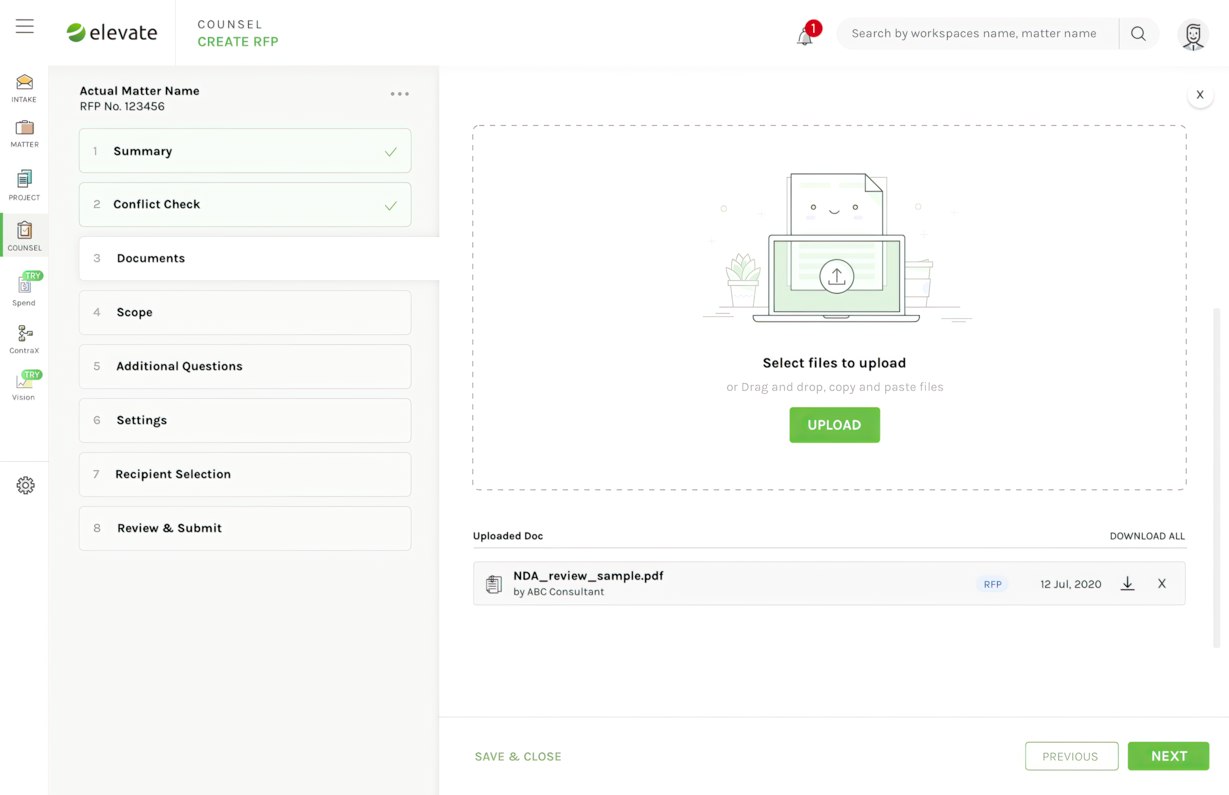
Forging Transparent Paths: Empowering Inclusive Legal Workflows with a Commitment to Equity.

In the captivating realm of Elevate Legal Services, I undertook the dual roles of Creative Director and Lead UX Designer. My responsibilities were multifaceted, steering the creative vision while collaborating closely with a diverse team comprising legal experts, data scientists, and technology consultants. The success of the project was a testament to the collective efforts and seamless collaboration within the team.
The project was dedicated to Elevate Legal Services, a comprehensive solution provider for law firms and corporate legal departments.
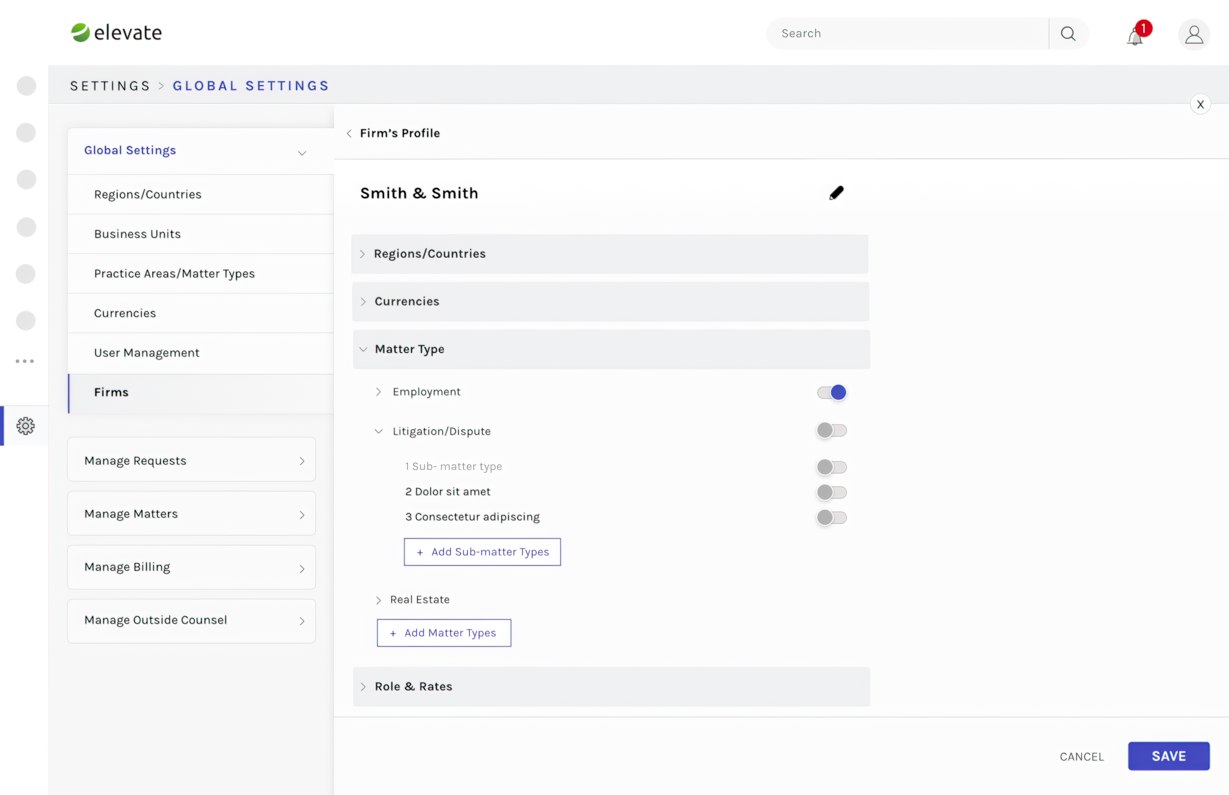
The legal industry faced challenges with opaque workload distribution, potentially leading to inefficiencies and disparities. The lack of transparency not only impacted user experience but also hindered the overall effectiveness of legal teams. "LegalLens" was conceived to bridge these gaps, fostering equitable practices.
Navigating within a defined scope, we embraced challenges as opportunities. An aggressive time frame and limited resources served as catalysts for creative solutions. The constraints fueled strategic decision-making, resulting in an efficient iterative design process.
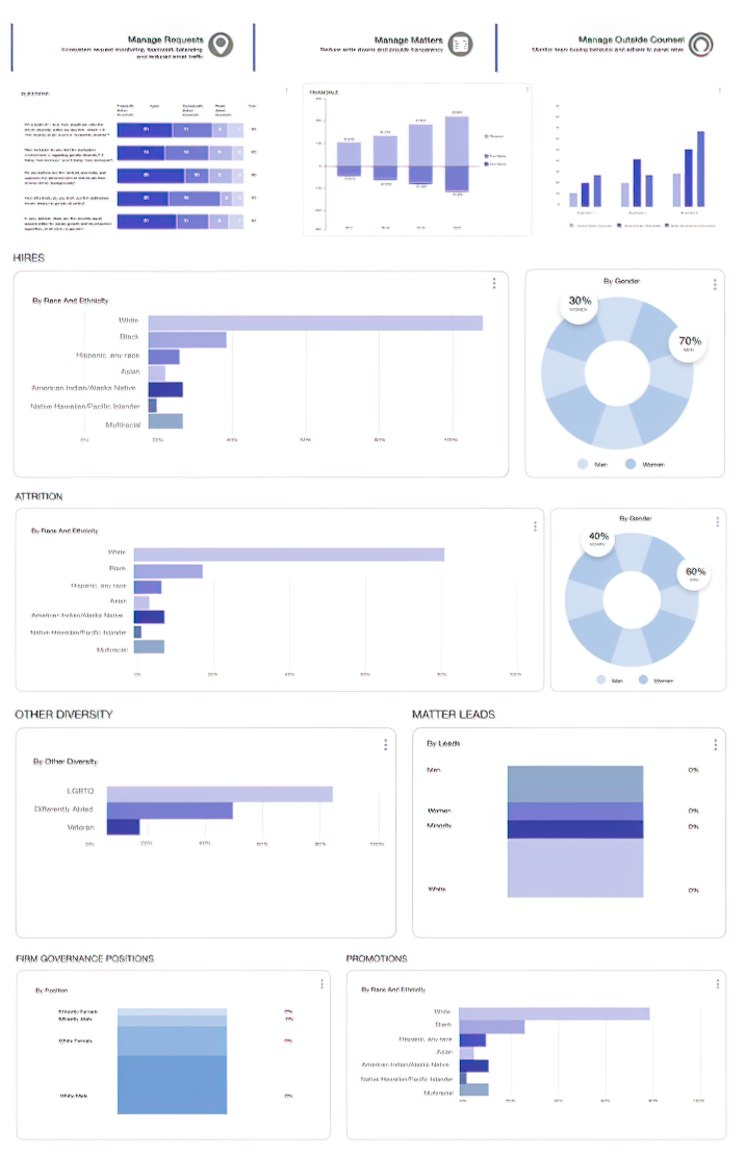
The journey unfolded with meticulous strategic planning, seamlessly transitioning through each phase. From illuminating stakeholder interviews to insightful remote sessions, the process maintained a cohesive flow. The integration of collaboration tools like Adobe XD and Zeplin facilitated smooth workflows, ensuring the project progressed organically.
Tangible outcomes materialized in the form of "LegalLens," a transformative software solution. The platform ushered in an improved user experience, heightened transparency, and customizable features. Achievements spanned enhanced accessibility and the implementation of a scalable design system, directly addressing the identified challenges.
Reflecting on the project, valuable lessons emerged. Strategic time management, the art of maximizing limited resources, and the significance of remote user research now serve as guiding principles, shaping my approach to future UX design endeavors.
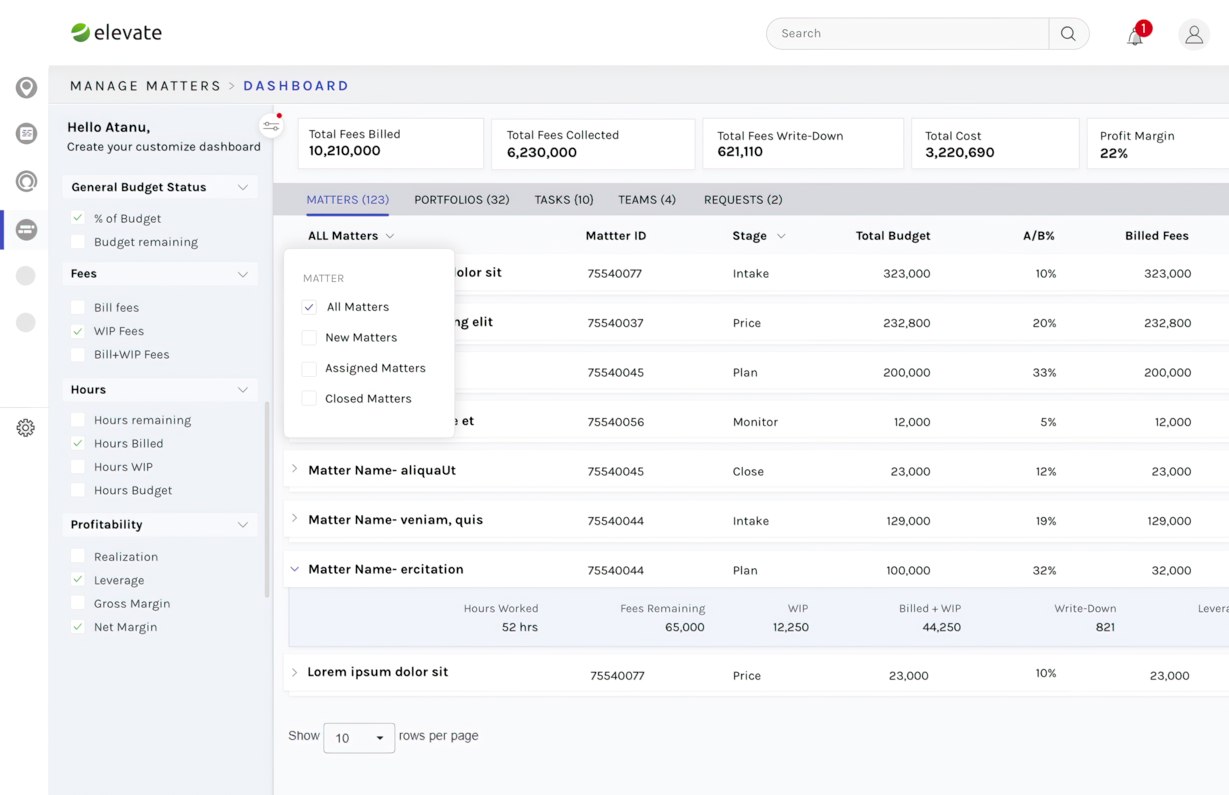
In the research phase, a context study and user pain point analysis were conducted, complemented by a competitive audit. Formal walkthroughs were employed, recruiting participants at a local grocery store to test a high-fidelity prototype, gathering insights through tasks and verbalized thoughts.
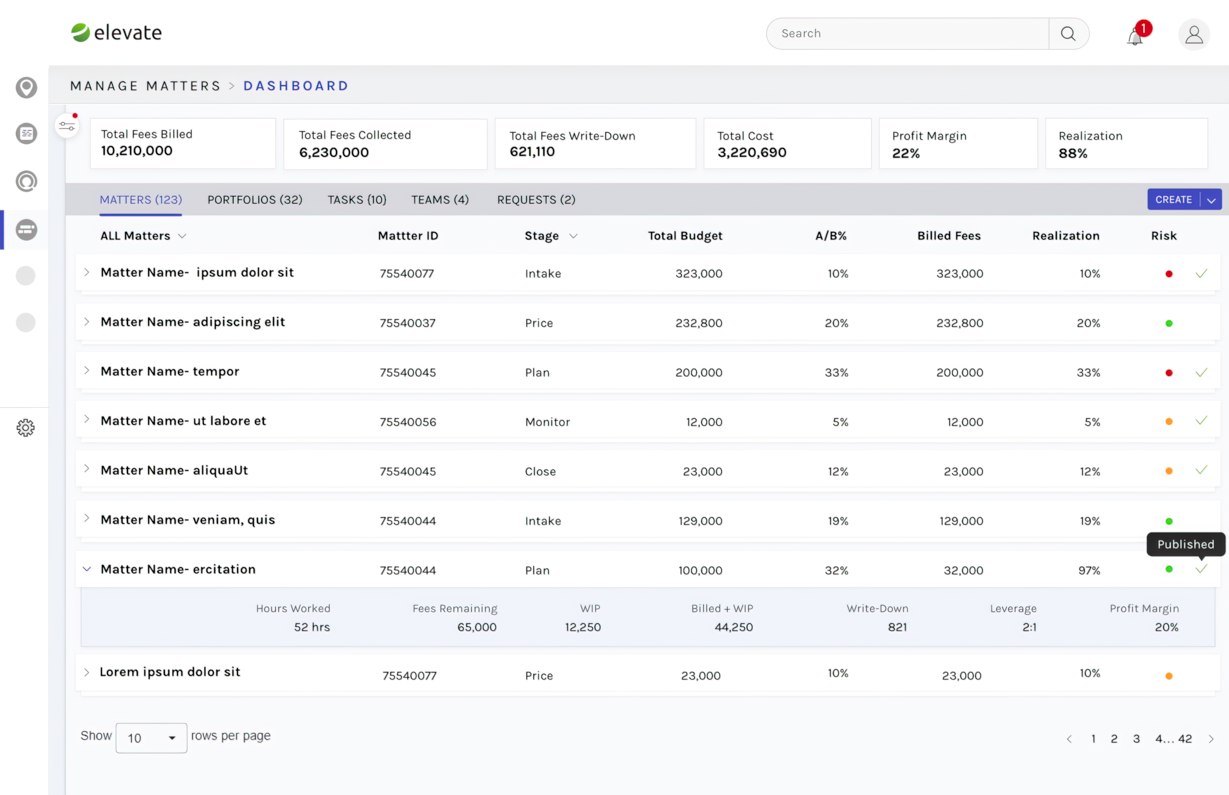
Presenting findings and recommendations became a strategic endeavor. Tailoring communication to stakeholders and the board involved thoughtful storytelling. A proof of concept served as a showcase, highlighting the project's value and ensuring alignment with diverse audiences.
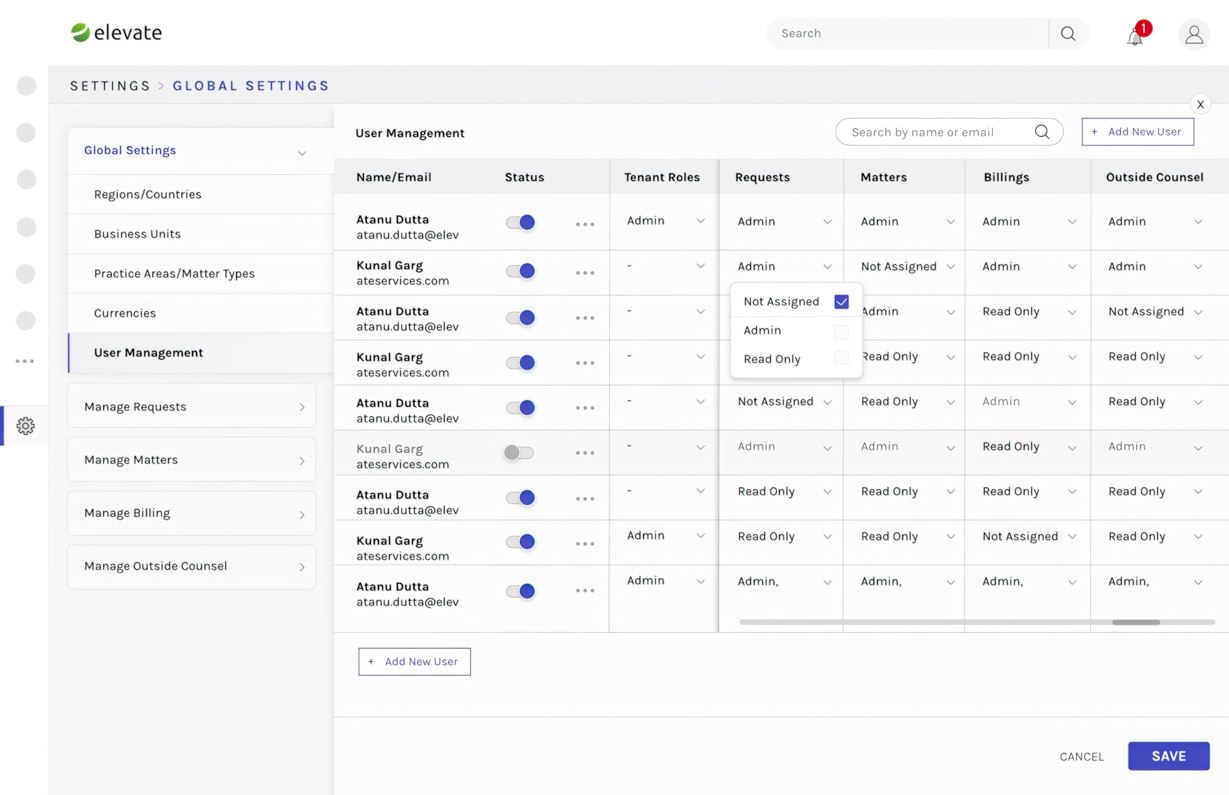
In conclusion, the "LegalLens" project resonates through heightened transparency and efficiency in legal workflows. Key takeaways underscore the power of collaboration, adaptability, and the unwavering commitment to a user-centric design philosophy. The journey continues, with these insights poised to shape the future landscape of UX design.